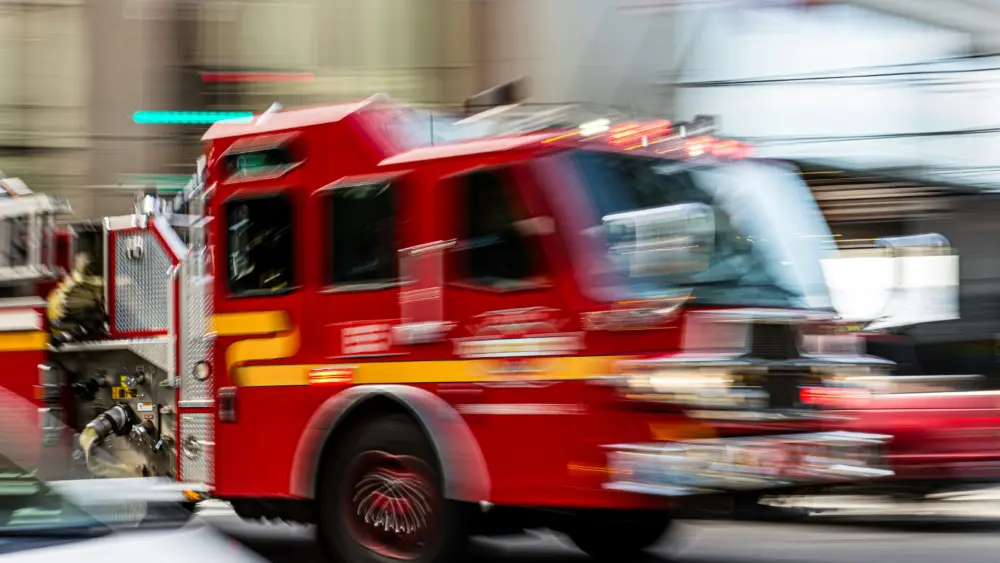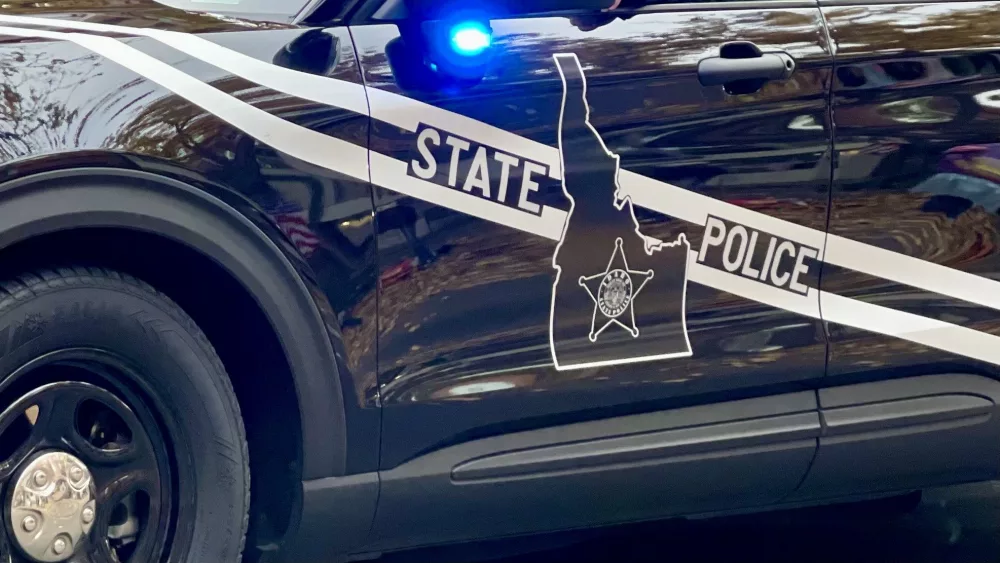Check stations help Fish and Game gather important harvest data and get CWD samples
Check stations are an opportunity for Fish and Game staff to talk to thousands of hunters and see thousands of harvested animals. The goal is for Fish and Game personnel to get information and learn what’s happening in the field and also answer questions, collect samples for chronic wasting disease, and then quickly get people back on their way.
If you did not harvest game
Staff will ask you some questions and then you’re done. But remember you still have to stop, and you can be cited for bypassing a check station.
If you have harvested game
Fish and Game staff will want to look at the animal, and your license and tag. It will save you and everyone’s time if the animal is easily accessible. It takes a few minutes to collect all the needed data.
Most check stations are “management stations” where the main goal is to collect data from harvested animals. You will typically see these in the same places year after year. You may also see an enforcement check station, which are unannounced and in different locations.
Chronic wasting disease sample collection
Hunters have the option of getting their deer, elk or moose tested for chronic wasting disease, except in Units 14-15 where testing is mandatory. CWD was first detected in 2021 in Unit 14, and it’s critical for biologists to know if it’s in other areas so it can be detected early and managed to slow its spread.
Hunters in Units 14-15 are also reminded they can’t take whole deer, elk or moose carcasses out of those units. Here’s more information about CWD rules.
Common violations to avoid
Year after year, Fish and Game staff manning check stations see repeated mistakes, which may result in a reminder, a written warning or a citation. Hunters can avoid that situation by brushing up on these common errors:
If you did not harvest game
Staff will ask you some questions and then you’re done. But remember you still have to stop, and you can be cited for bypassing a check station.
If you have harvested game
Fish and Game staff will want to look at the animal, and your license and tag. It will save you and everyone’s time if the animal is easily accessible. It takes a few minutes to collect all the needed data.
Most check stations are “management stations” where the main goal is to collect data from harvested animals. You will typically see these in the same places year after year. You may also see an enforcement check station, which are unannounced and in different locations.
Chronic wasting disease sample collection
Hunters have the option of getting their deer, elk or moose tested for chronic wasting disease, except in Units 14-15 where testing is mandatory. CWD was first detected in 2021 in Unit 14, and it’s critical for biologists to know if it’s in other areas so it can be detected early and managed to slow its spread.
Hunters in Units 14-15 are also reminded they can’t take whole deer, elk or moose carcasses out of those units. Here’s more information about CWD rules.
Common violations to avoid
Year after year, Fish and Game staff manning check stations see repeated mistakes, which may result in a reminder, a written warning or a citation. Hunters can avoid that situation by brushing up on these common errors:
- Failure to properly validate your tag
Make sure the notches for the correct day and month are fully removed from your tag immediately after you harvest the animal. The tag must be attached to the largest part of the carcass. Again, completely notch the tag. A slice through the day and date won’t cut it. - Failure to have a proxy statement
One is issued with your tag, and if you’re transporting game for someone else, you must have a proxy statement. Proxy statements are also available on page 101 in the Big Game Seasons and Rules booklet, along with other important rules. - Maintain proof of species
In seasons restricted to mule deer or white-tail deer only, proof of species must remain naturally attached. If you remove the head, you must leave the fully-haired tail attached. - Failure to keep evidence of sex
Even in either-sex hunts, the head or other evidence of sex needs to be naturally attached to the carcass until you get it home. In hunts with antler-point restrictions, the antlers must accompany the carcass. For more information about preserving evidence of sex see page 101 of the Big Game Seasons and Rules booklet.




